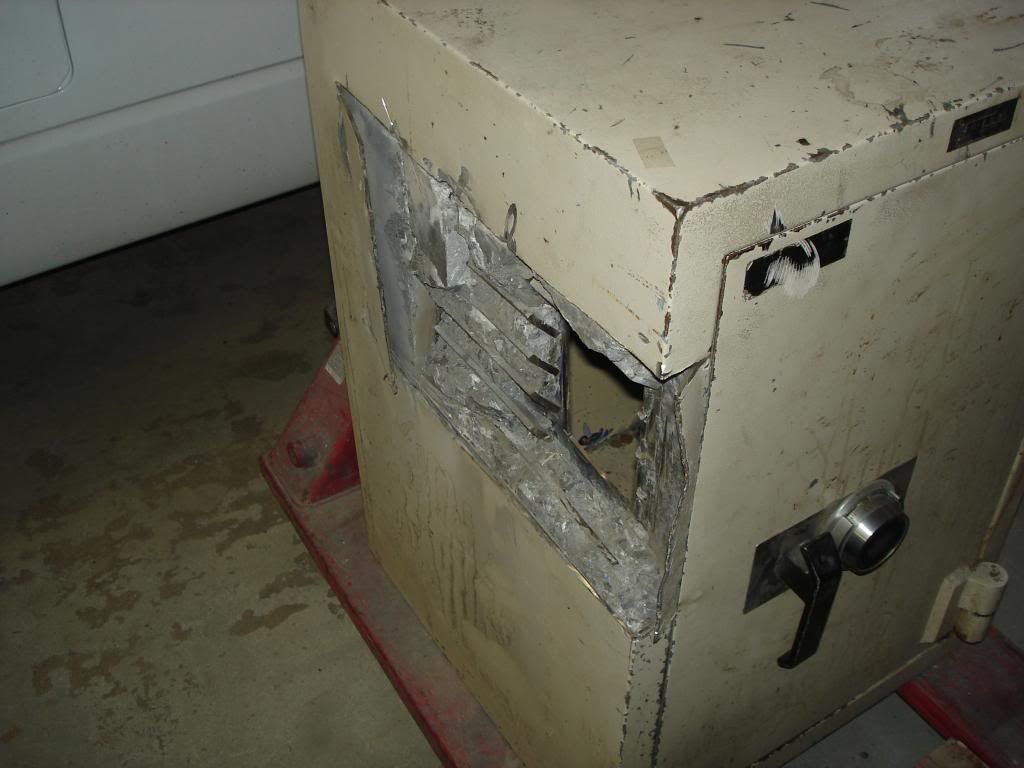Update on this, as some of my previous comments were not entirely true (though I though so at the time

):
The limitations to Oxy-Fuel Cutting are as follows:
-the melting point of the metal you are cutting must be higher than the kindling point
-the oxide that is created when the metal is exposed to oxygen in the air must melt at a lower temperature than the metal itself (ex: aluminum melts at 1250F, while Aluminum oxide melts at 3760F; Ferrous Steel melts at 2500F and Iron Oxide melts at 2500F)
-Thermal conductivity of the metal must be low enough so that the kindling temperature can be reached and maintained (ex: copper)
-Oxides formed must be fluid when molten
Examples of metals that could be cut are ferrous steel, titanium, magnesium.
Examples of metals that could not be cut are copper, aluminum, and brass.
From what I have learned there is a way to force a severance on a material like aluminum, by sandwiching it between two layers of ferrous steel, but it is unreliable. (I saw a video of it , but can't find it anymore. Let me know if you do.) Also, I can't find my source on copper being used to bind up drill bits, though I remember it was on TV or a movie. Either way, I have debunked this somewhat, in that the copper layer would need to be thick enough to bind the flutes on the drill and prevent chip from being cleared. There may be some merit to a layer of copper used to cause a drill bit to break against the next layer of steel due to the sudden release in needed pressure. In other words, you are using a rig to apply a large amount of force to drill through hardened steel, then you hit a soft layer of copper or aluminum and it punches through immediately and hits another wall of hardened steel and breaks the drill bit. Though it was not on a safe, I have experienced this first hand.
Please let me know if you have any questions, guys. I learn as you do.









